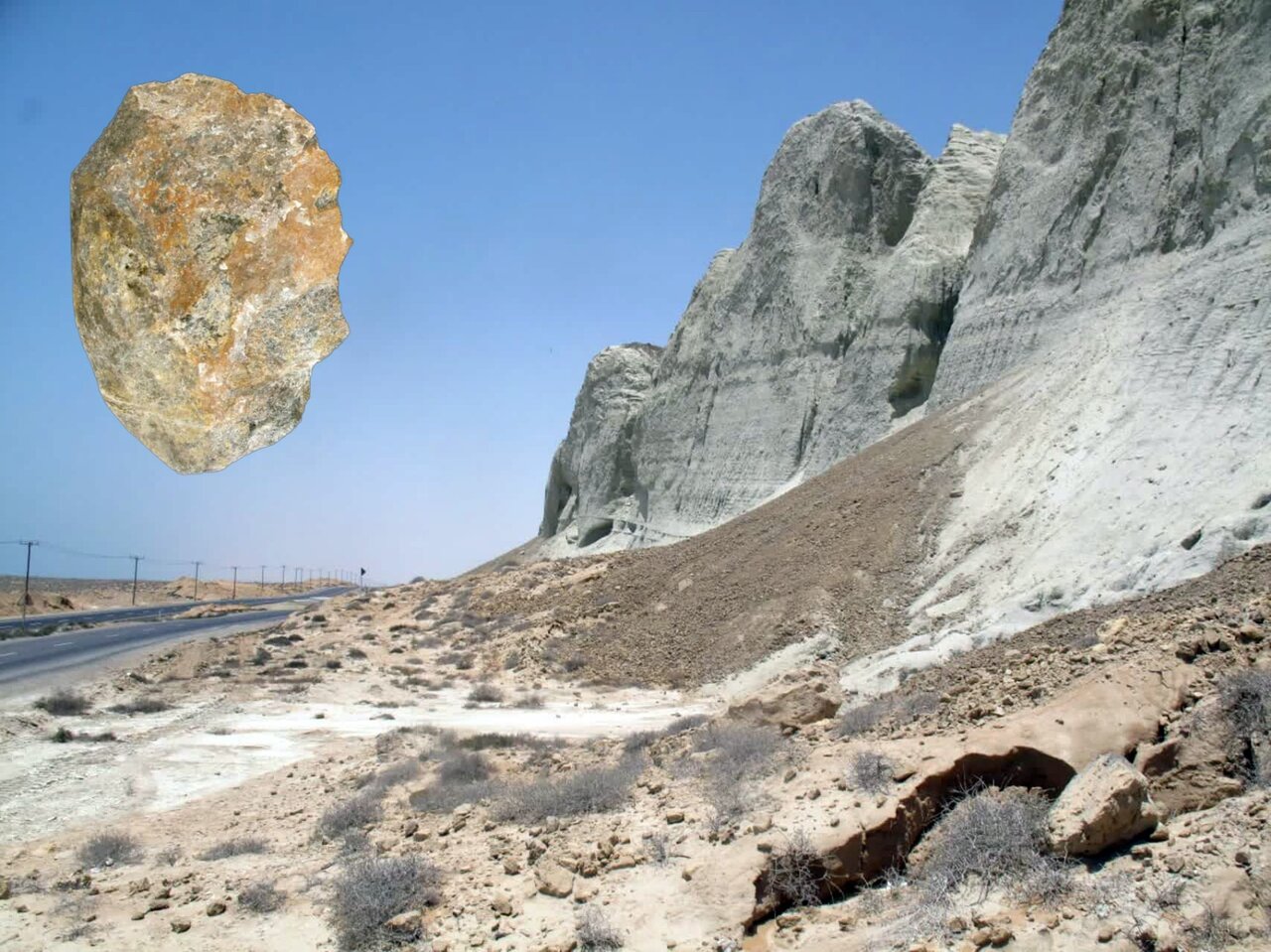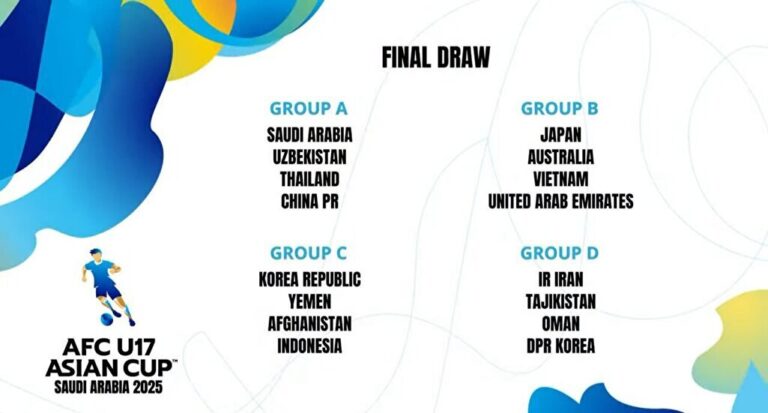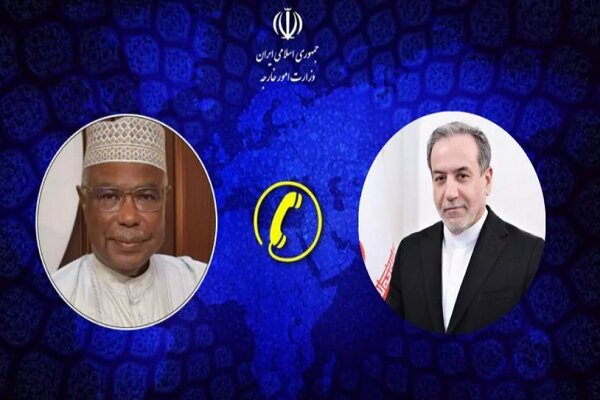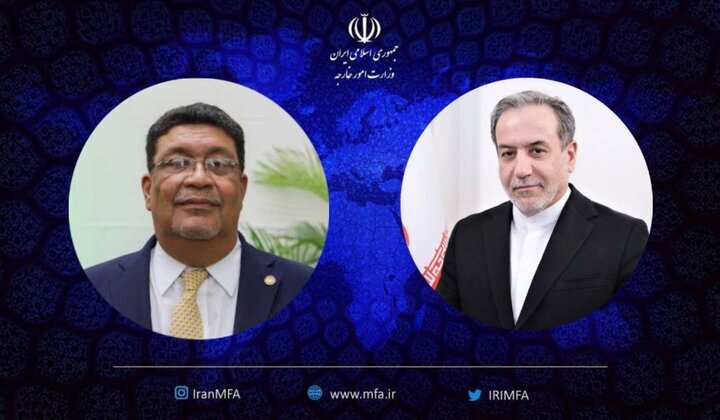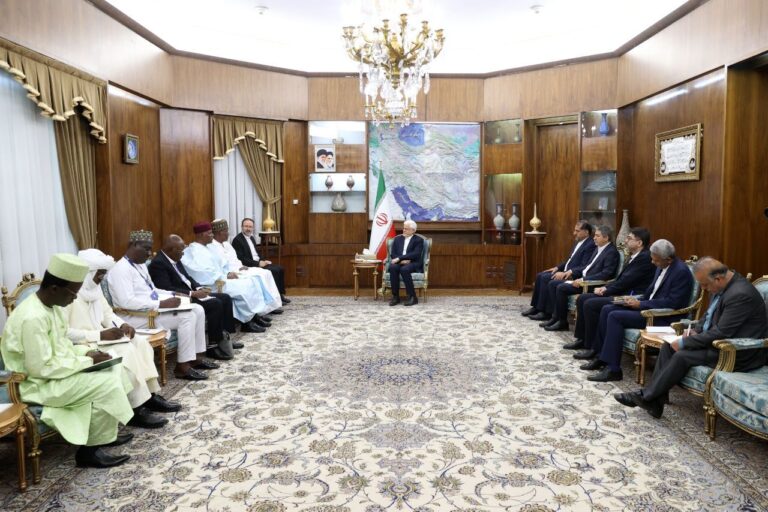Ancient Paleolithic Treasures Unearthed Along Iran’s Stunning Makran Coast
In a remarkable archaeological breakthrough, a dedicated team led by Dr. Morteza Hessari has uncovered significant stone artifacts from the Paleolithic era along the stunning Makran coast in Sistan-Baluchestan province. These findings not only shed light on ancient human activities but also enhance our understanding of early human migration patterns in this historically rich region.
The archaeological research team has made noteworthy discoveries of stone tools at various locations stretching from the Kopal mountain range to the Makran coast. The artifacts primarily consist of large pebbles exhibiting signs of flaking on one or more edges, in addition to sizable flakes that suggest human craftsmanship.
“These discoveries are of great importance,” Dr. Hessari emphasized. “Until now, our knowledge of Paleolithic settlements on the Makran coast was limited to only a few findings uncovered by Vita-Finzi in the 1970s in Konarak and Sadich, which belonged to the Middle and Late Paleolithic periods.”
Dr. Hessari further elaborated on the significance of these new findings, stating:
- The artifacts provide crucial insights into human occupations during the Lower Paleolithic period.
- The Makran coast is believed by many archaeologists to have been a key dispersal route for Lower Paleolithic groups moving toward South and East Asia.
This exciting discovery forms part of an ongoing research effort, which includes test excavations aimed at determining the boundaries of the site and further excavations at the Kopal location. These investigations are being conducted under the auspices of the Cultural Heritage and Tourism Research Institute, ensuring meticulous attention to the historical context of the findings.
As the project progresses, Dr. Hessari expressed gratitude for the collaboration received from local authorities. He specifically acknowledged the contributions of the Dashtiari County Governor’s Office, particularly highlighting the support from Abdolaziz Mayai, the honorable governor of the county, as well as the Chabahar Cultural Heritage Department.
Looking to the future, Dr. Hessari expressed optimism about the potential for an exhibition showcasing these remarkable discoveries. He hopes that this exhibition could be organized in collaboration with the General Department of Cultural Heritage, Handicrafts, and Tourism, allowing the public to engage with the rich history of the region.
The Kopal site, where these significant artifacts were found, is strategically located south of Mount Kopal. It is situated along the road connecting Chabahar to Bris, within Dashtiari County. Notably, previous test excavations at this site have unearthed artifacts from various historical periods, including:
- The Bronze Age
- The Parthian period
- The Sasanian period
These layers of history contribute to the site’s value and underscore the necessity for continued archaeological investigation. As further studies unfold, more details about these findings and their implications for our understanding of human history in this region will be shared in subsequent reports.
Iran’s Makran coast, known as Savahel-e Makkoran in Persian, is a semi-desert coastal strip that gracefully hugs the coastline of the Sea of Oman. This region’s unique geographical and climatic characteristics have played a vital role in human settlement and movement throughout history.
In summary, the recent discoveries along the Makran coast open new avenues for understanding the early human presence in this area, marking a significant step forward in archaeological research. The findings highlight the importance of collaborative efforts between local authorities and researchers, paving the way for future explorations that will undoubtedly enrich our knowledge of the past.
Stay tuned for more updates as this captivating story continues to unfold, revealing the rich tapestry of human history that lies beneath the sands of the Makran coast.
